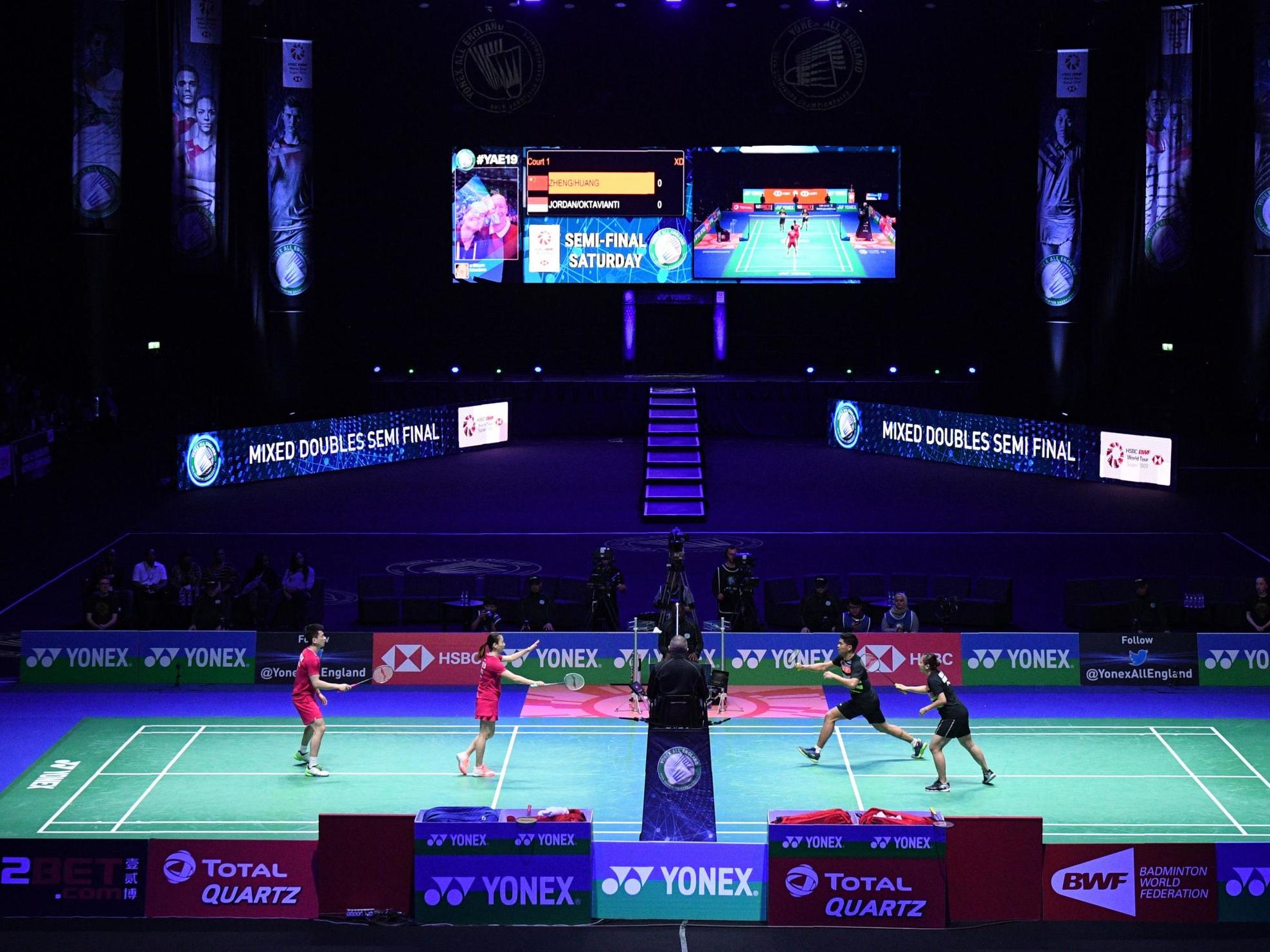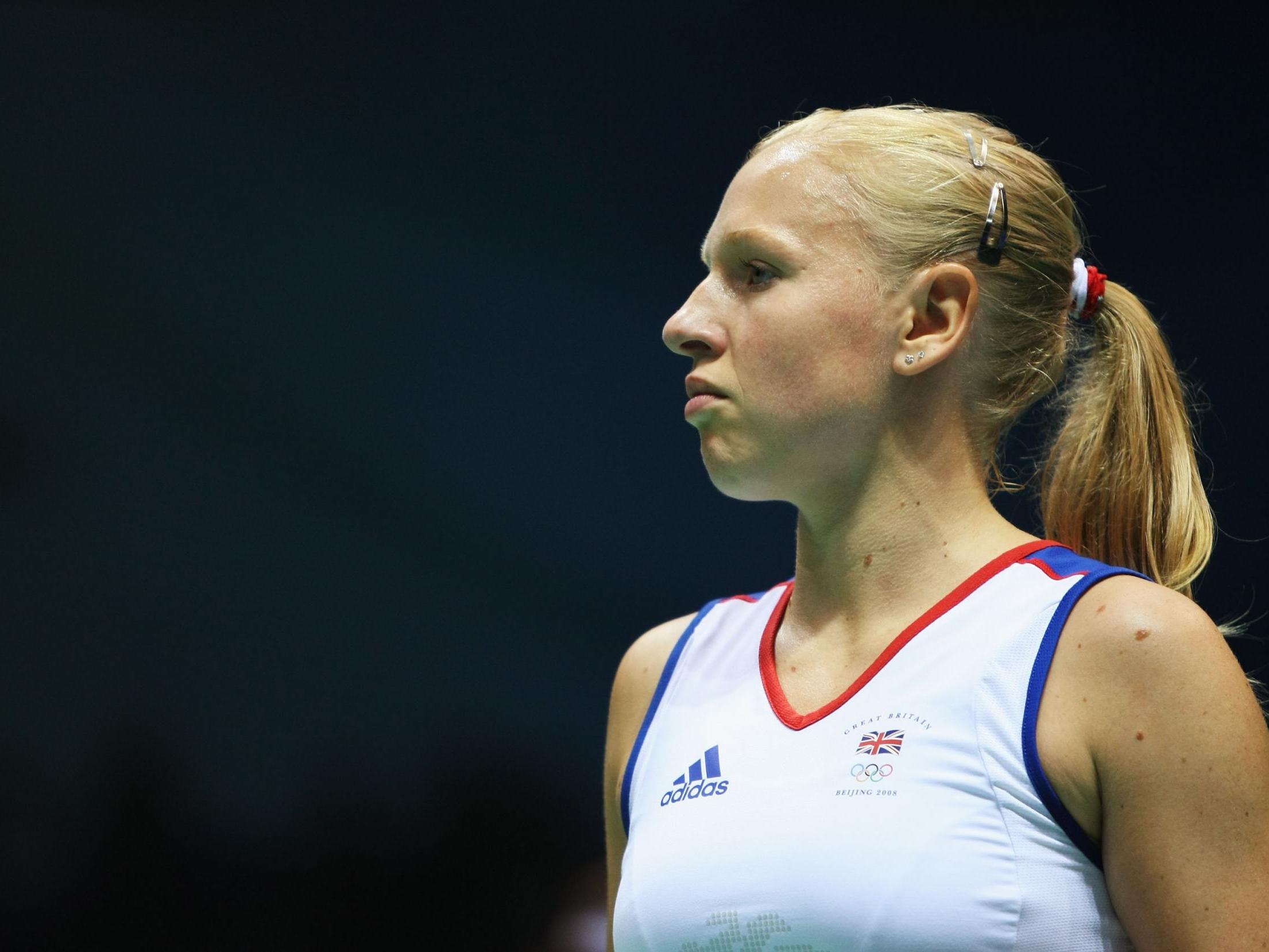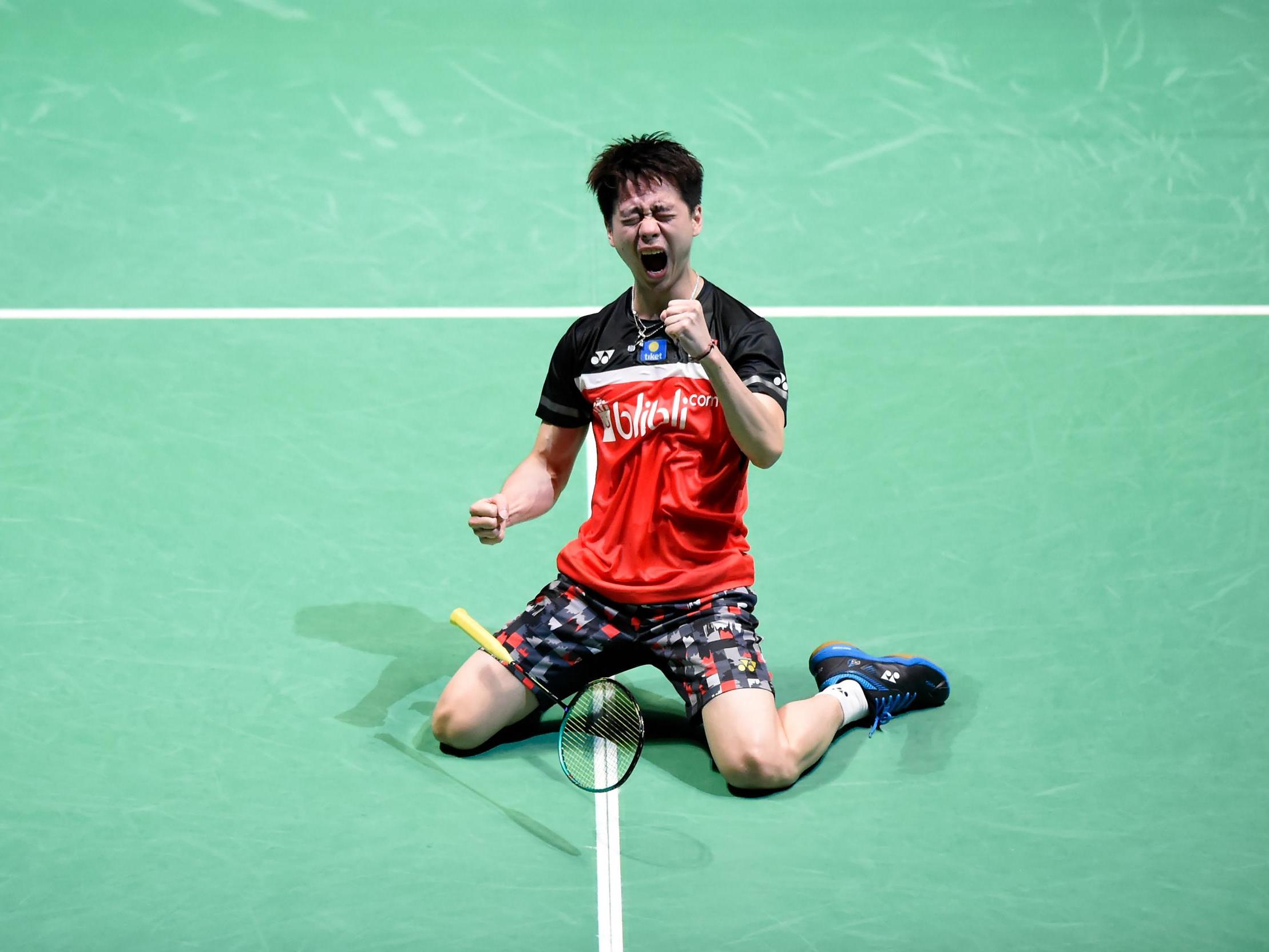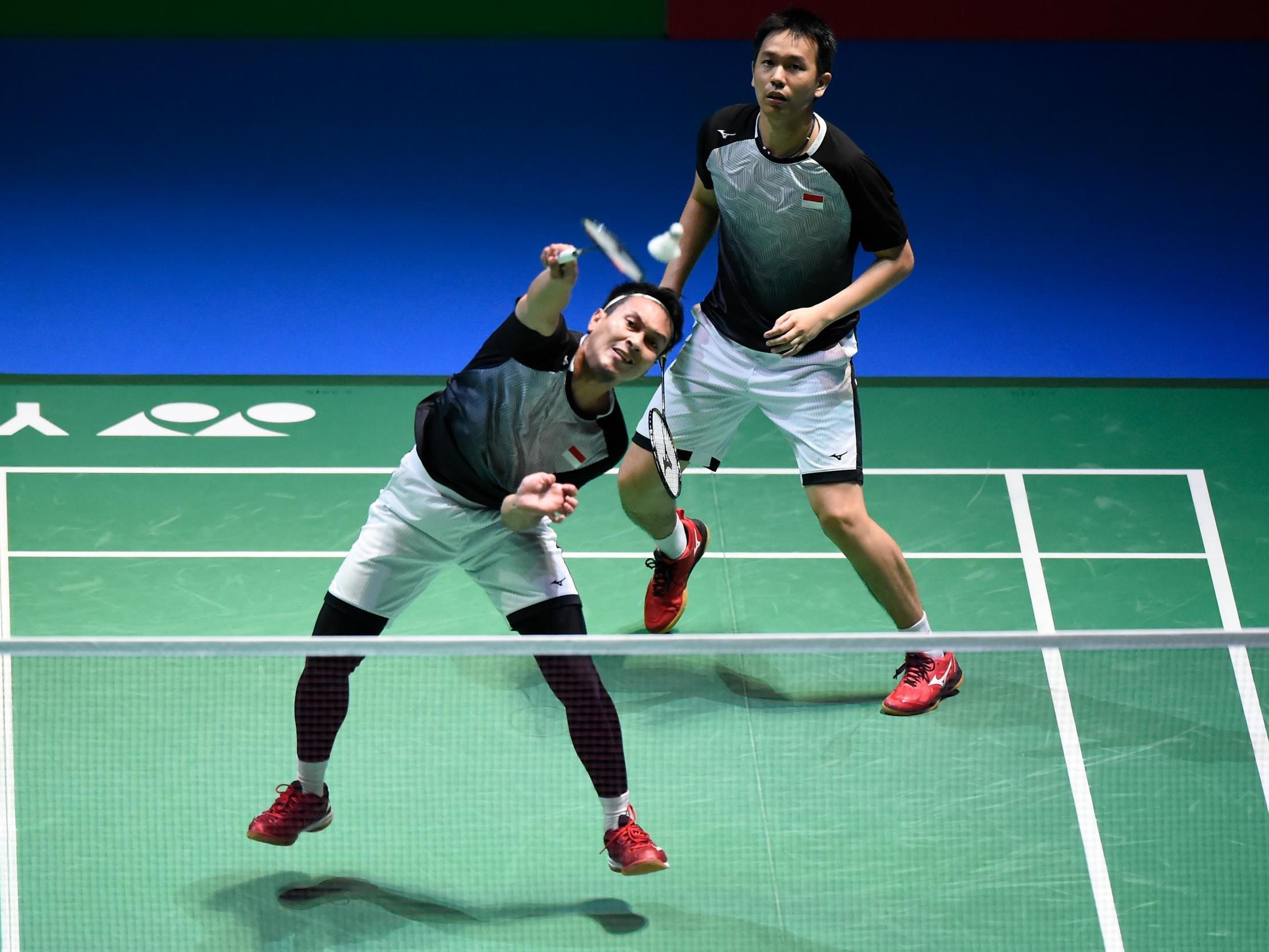Badminton and the struggle to become cool
The All England Championships begin today with the sport fighting to resonate with casual sports fans, writes Vithushan Ehantharajah


It is a sport with an estimated global fan base of 750 million fans and around 339 million people playing it every week.
In the UK, it is the fourth most participated sport with one million playing it every month. While 19.2 per cent of the population declare an active interest in it with millennials showing it the most love. Over half of Asia would describe it as their favourite sport.
Yet, ahead of its oldest, most prestigious tournament, there is one question being asked.
Why does nobody care about badminton?
People do, of course, as the numbers above suggest. But on Wednesday, the YONEX All England Championships, established in 1899, will take place at the Arena Birmingham. It is the biggest event outside the Olympics and its broadcast will reach around 250 million. The BBC coverage alone, online and on the red button, register 650,000 unique viewers.

Coronavirus will no doubt mean they will not hit their expected live audience of 35,000. And while seven Indian players have pulled out of the championships for safety reasons, organisers expect close to a full roster especially as the tournament is the last chance to pick up valuable rankings points for Olympic qualification.
But the trouble badminton has, particularly in this country, is getting casual sports fans to pay attention to it. The group who don’t really like tennis but go to Wimbledon, who played a bit of cricket at school and go to a day of Test cricket. The group integral to an off-broadway sport’s profit margins.
There are several factors for this lack of popularity among casuals. Early exposure to badminton in schools comes quite late, often around 10 or 11, when a kid’s interest, aptitude and time has already been accounted for by more glamorous sports. It is telling that almost all of Great Britain’s active players have family connections to badminton.
That it is an intergenerational sport is a positive but also a negative. The underlying sense is if it is easy for people of all ages to pick up, is it not just a glorified hobby?
The most jarring, though, is that, well, it’s just not cool.

A long-necked tennis racquet, a “ball” made of feathers and the setting usually of a church hall perennially smelling of the end-of-term bake sale. The marquee event alongside Korfball and taking up smoking in the “things you do to make friends in your first year of university when you didn’t play sport at school” Olympics. It is this intangible factor the sport is desperate to change.
“Being able to play it in your seventies and eighties and because it’s an indoor sport – I think it all contributes to that perception that it’s not very sexy,” reckons Gail Emms, perhaps the closest UK badminton has to a celebrity through her television and radio appearances in retirement rather than her Olympic silver in 2004 and host of other medals in Commonwealth and European competition.
“Because it’s seen as such a ‘village hall’ sport and it’s one of those things that the PE teacher rolls out when it’s raining outside and you can’t play rugby or football, we’re almost conditioned to think of it as a chore. They think it’s a bit shit when it’s anything but.”
For Emms and others to have played at the highest level, there is a staunch belief that watching it in the flesh is the best way to remedy that. The average person in the street, they believe, has no idea what top-tier badminton actually looks like.
To see a shuttlecock traveling around at 200mph and witness the athleticism first-hand. Watching the sport love does the capabilities of the players much more justice than the high-up widescreen shot of a still camera which saps the dynamism from the spectacle.

Badminton England think so too, and are pushing to host more major events in this country to increase the opportunities available to see the world’s best players at close quarters. Visibility is key, but it is how you achieve that visibility and where it is best accessed is what the governing body are trying to figure out.
Badminton World Federation and Badminton Europe are pushing to do more streaming, while BT Sport are on board to help enhance the way the international tour is covered in the UK. But the real push needs to come from the players themselves.
“We all recognise we’re in a world where content is everything,” says Adrian Christy, chief executive of Badminton England. “People want to more than just the players on the court. Even in football, a heck of a lot is written about it. But you don’t write about ‘the football’ all the time, you write about the personalities involved. We need to get our personalities out there.”
Christy’s vision is based on a talk given by an NFL marketing tsar in which they spoke about the importance of getting players to “take off the helmet”. Essentially, giving fans a look at the person behind the “game face”.
It stuck with Christy, especially as he had already come to the realisation a few years ago the pursuit of medals was a marker of success but never provided a boost in any metric of engagement beyond the weeks of an Olympic or Commonwealth Games. Because, well, there was nothing really to engage with.
Players are now encouraged to post as regularly as possible on their social media channels to improve their online personas and badminton's online footprint. They are also being advised on regional strategies, such as which parts of Asia, where 82% of their global fanbase resides, respond better to text-heavy posts rather than images and video. The message impressed upon the players is that this is now part of their duties as badminton players.
“I said to our group of players the other day – when you come to work you are principally here to win a medal,” says Christy. “But you’ve got to be here to start selling badminton. It’s part of your job.”
Some have adjusted better than others. The mixed doubles pair of Lauren Smith and Marcus Ellis, medal hopefuls for Tokyo 2020, are a good example of both sides of the coin when it comes to being more socially savvy.
“If I’m perfectly honest, it’s something I struggle to take to,” admits Ellis. “I mean, I’m 30 now. I don’t feel like I’m a famous person. Do people really want to know where I am or where I’m competing? And yeah, actually, in this day and age, people do. But it’s something I need to work on.”
Ellis is trying to take cues from Smith who he says has it down to a tee. While she is the more natural of the two, she ranks her attempts at increasing her output as “feeble”. She tries to post on Instagram every day, the platform which has been most productive for badminton.
The issue for Ellis, she thinks, is cultural: “It’s a British thing. We’re not really extroverts. We’re very polite, very subdued and we don’t want to be like ‘look at what I’m doing!’ I do find posting a photo a day a huge effort. But some people do entire YouTube channels!”
You can hear the social anxiety in Ellis and Smith’s voices and it is hard not to wonder how much the country’s approach to badminton is responsible for it. Perhaps it should come as no surprise that a sport pushed to the shadows has created stars who prefer it there.
When Badminton England visited Ellis to film a behind-the-scenes piece for their YouTube channel, she felt unnerved by the process despite it being entirely on her terms. “I just thought, who really wants to see this? Who really cares what we do? Do they really want to know what I have for breakfast?”
Another uneasy development is talk of a shorter format of the game to meet time-poor punters more than halfway. At present, a match consists of three games of 21 points and can last for up to six hours, which constitutes a full day's play. Much like Twenty20 cricket, the desire to bring through a new audience by increasing the excitement and reducing the length of a match (to two hours in this case) is at odds with traditionalists.
“We are in a position where we have to try things,” says Christy. “We’ll always strive to maintain the All England Championships as a historic competition and a fantastic fan experience. But we can’t just accept the position we’re in just because we’re ‘badminton’. It’s up to us to change the perception and push a sport we all love to the front of people’s minds.”
As for “cool”, Emms, Smith and Ellis accept that it is very much “not”. And deep down, they are fine with that.
“I don’t mind it being a geeky sport,” said Emms. “We all need a geeky sport now and again. Not everyone can be a rugby player, not everyone likes football. Why can’t we be a space catering for the nerds like us?”
That, actually, might be the best approach to take.
So much of what we regard as “cool” right now is unknowing, unaware and unapologetic. The most popular Indie bands, the best up-and-coming actors and the prevalence of over-sized chique in modern fashion is less about not conforming but not caring to conform.
Right now nothing is cooler than being comfortable in your own uncomfortable skin. That is certainly something no sport does better than badminton.
Join our commenting forum
Join thought-provoking conversations, follow other Independent readers and see their replies
Comments
Bookmark popover
Removed from bookmarks